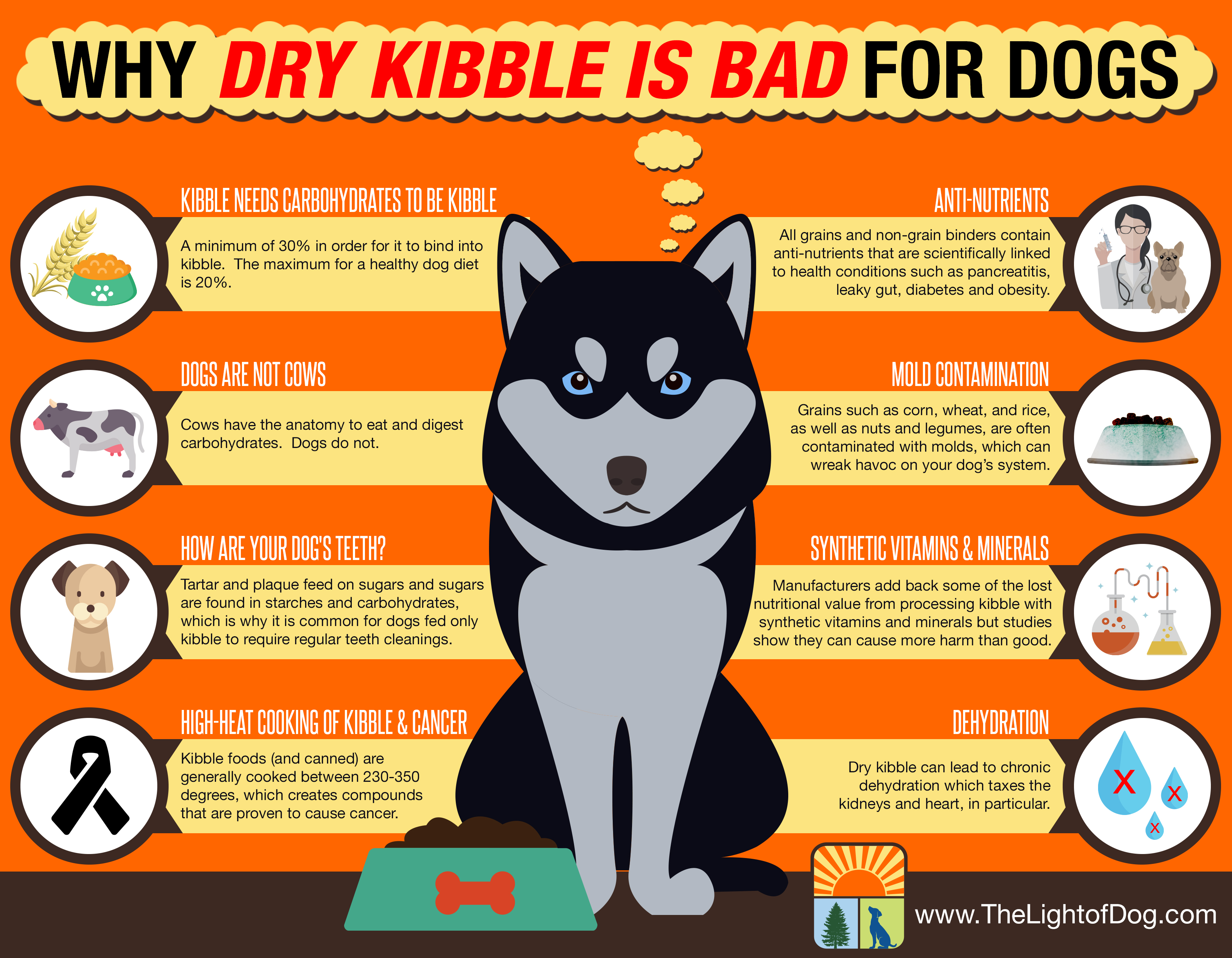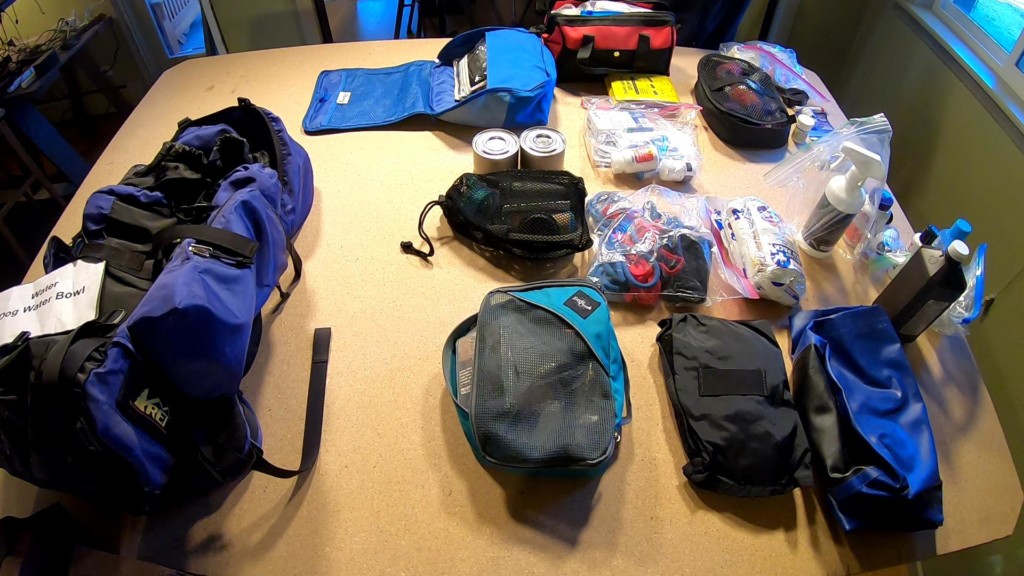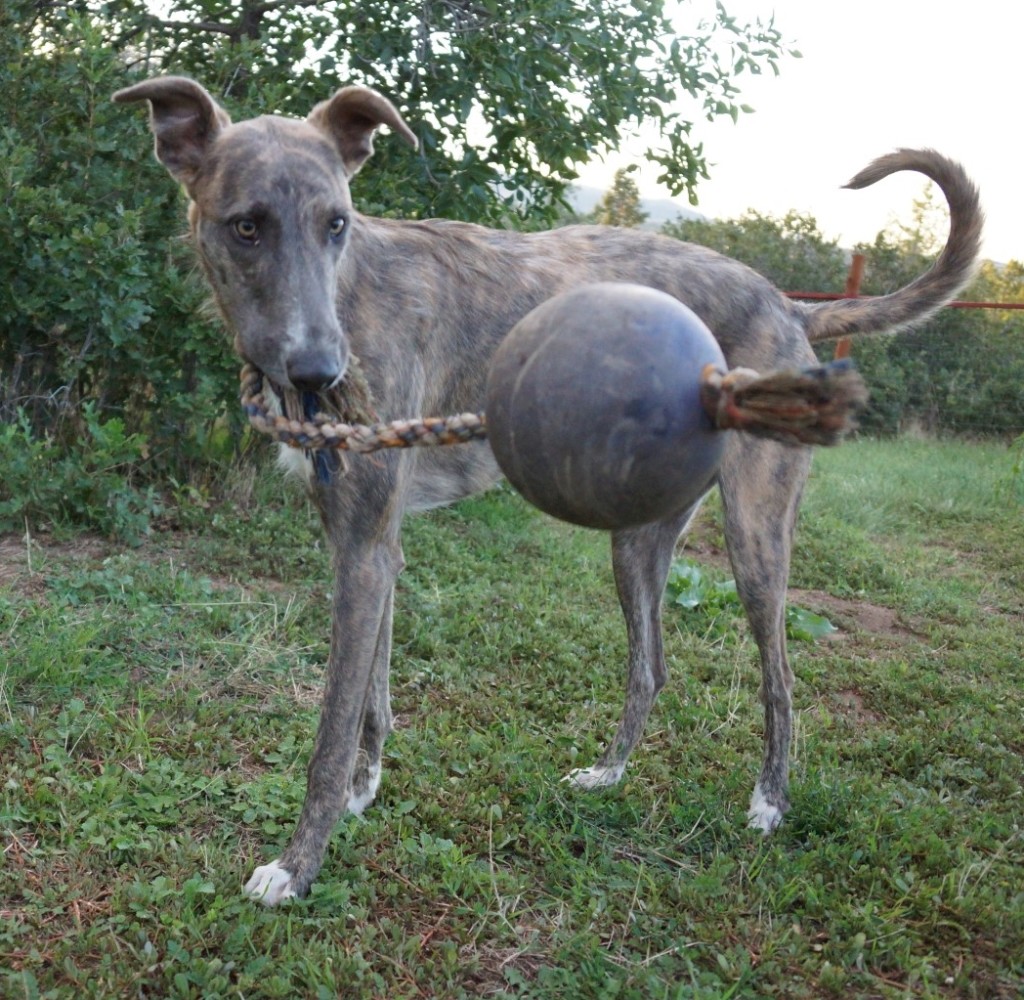DOG TRAINING OFFERED IN-PERSON AND ONLINEOur dog training services are delivered in almost any format that meets your needs. We have GROUP CLASSES at our indoor and outdoor facilities on our farm, ONLINE LIVE STREAMING classes, and SELF-PACED VIDEO-BASED training through our Online Dog Training Course. Our PRIVATE TRAININGS can be done in-home, outside, in public dog-friendly locations, at our facility on our farm, online via phone or video conferencing and through email. |
Dry kibble is the predominant way people feed their dogs and is among the worst choices. Here are reasons why dry kibble is bad for dogs.
Kibble needs carbohydrates to be kibble
Kibble products must contain a minimum of 30% carbohydrate and/or starch to bind together into a kibble shape, otherwise it falls apart when cooked.
As a result, kibble violates the ancestral diet guidelines, which call for only approximately 20% of the food content to contain carbohydrates (15% vegetable and 5% fruit).
Dogs are made to operate on predominantly meat-based protein, keeping carbohydrates to a minimum. Dry kibble products can’t even get close to this standard and most don't even try, with carbohydrate content far higher than 30%.
Dogs are not cows (cows can eat and digest carbohydrates)
Dogs do not have typical molars for the grinding of plant material or a four chamber stomach for the slow digestion and fermentation of complex carbohydrates (starches from plants and grains).
They have a large stomach, short digestive tract and very small cecum, indicative of consuming large amounts of high protein food in a short time period and for fast digestion and rapid absorption of nutrients.
How are your dog's teeth?
Tartar and plaque feed on sugars and sugars are found in starches and carbohydrates, which is why it is common for dogs fed only kibble to require regular teeth cleanings.
High-heat cooking of kibble and cancer
Kibble foods (and canned) are generally cooked between 230-350 degrees.
When starches are heated they create acrylamides, which are known to contribute to cancer growth.
When proteins are heated they create heterocyclic amines, which are also known to contribute to cancer growth.
As it is not possible to create a kibble or canned food without cooking them, it is also not possible to create a kibble or canned food that does not contain cancer causing carcinogens.
Anti-nutrients
All grains and non-grain binders contain anti-nutrients. Anti-nutrients are naturally occurring chemical components that protect the plant they are found in from overconsumption and extinction.
Some examples of anti-nutrients are phytates, lectins and trypsin inhibitors. These chemical constituents, found naturally in binding ingredients in your pets’ food such as lentils, peas, corn, or wheat, are scientifically linked to health conditions such as pancreatitis, leaky gut, diabetes, obesity and much more.
As it is impossible to make a kibble shape without a binder (no binder = powder… not a kibble pellet) it is therefore impossible to create a kibble without anti-nutrient containing binders.
Dehydration
Dry kibble leads to chronic dehydration which taxes the kidneys and heart, in particular. Adding water to soak before feeding may help, but in reality, most pet owners do not do this.
Mold contamination
Grains such as corn, wheat, and rice, as well as nuts and legumes, are often contaminated with molds, either pre- or post-harvest, as a result of poor growing conditions or substandard or extended storage.
These molds can easily grow and produce a very potent carcinogen (aflatoxins). The aflatoxins are very stable and high temperature processing steps will not render them benign.
Exposure to these toxins, even at low doses, can wreak havoc on your dog’s system, causing anemia, liver or kidney failure, cancer and premature death.
Even if your kibble is grain free, it still contains a high carbohydrate content, so there is the potential for mold spores to contaminate the kibble during storage, especially if it is exposed to a moist environment.
This can also happen in your home if your kibble is stored in a moist basement or an open container. This is why we advocate that if you do feed kibble, purchase and use withing 3-months of manufacture date and store in your refrigerator or freezer in the original package.
Synthetic vitamins and minerals
Manufacturers try to add back some of the lost nutritional value from manufacturing and processing kibble with synthetic vitamins and minerals so their formulas comply with AAFCO standards and they can call their food “complete and balanced” on their label.
However, studies show that these synthetic vitamins can actually cause more harm than good to our pets, because the body cannot completely utilize them and instead it will process them as a foreign substance, causing more stress to the liver and kidneys.
Switch places with your dog
Imagine the food you fed to yourself and your children every day came from a large bag stored in your garage. Doesn't sound very healthy or tasty, right?
Our dogs deserve better. Stop feeding them kibble and give them raw, unprocessed, fresh foods. Please click here to learn more about our complete line of raw dog foods and why we are the best there is.
Our goal is to positively impact the lives of as many dogs and their families as we can, in part through our extensive library of video, infographics and text articles. |










Leave A Comment